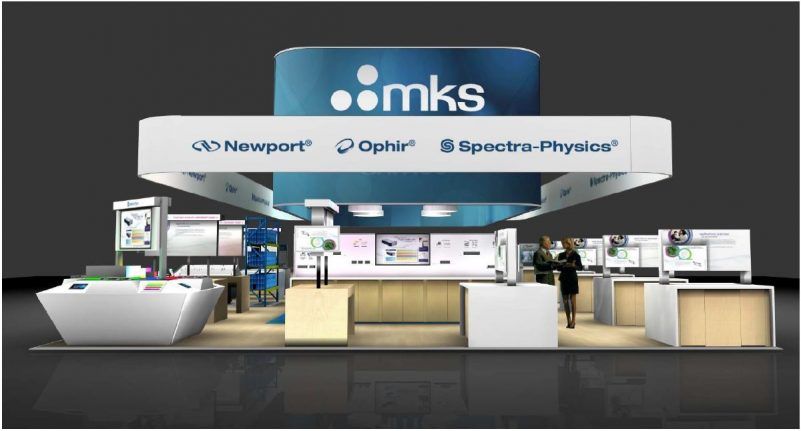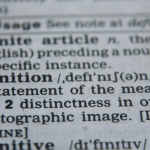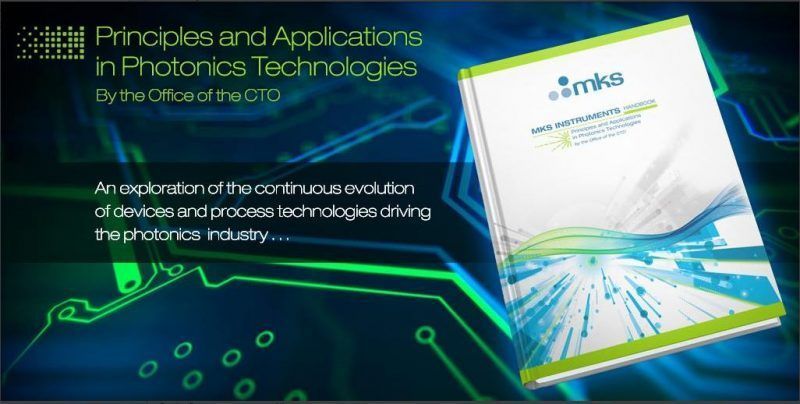Nonlinear optical crystals – you might have one in your pocket
Nonlinear optical crystals have the unique property of changing the frequency of light passing through them. They are more common than you think, actually, you might have one in your pocket (if you have a green laser pointer). Inside the green laser pointer there is a nonlinear crystal which transforms infrared laser radiation at 1064nm to visible green laser radiation at 532nm via a process knows as second harmonic generation.
Phase matching is a critical concept in the use of nonlinear optical crystals. This involves aligning the phases of the different light waves generated in the crystal, allowing them to reinforce each other and produce a coherent output beam. This is achieved by carefully controlling the orientation, temperature, and thickness of the crystal. Phase constraints also limits that types and frequency ranges that one can obtain from a certain nonlinear crystal.
Periodically poled nonlinear crystals
Periodically poled nonlinear crystals are created by applying a periodic electric field to a nonlinear optical material, causing the material’s nonlinear optical response to become periodically modulated.
This modulation results in the creation of a nonlinear optical grating within the material, which allows for the efficient frequency conversion of light. Periodically poled crystals have found numerous applications in modern optics and photonics, including in frequency doubling, and optical parametric oscillation. These crystals have some advantages over regular nonlinear optical materials, including improved conversion efficiency and increased wavelength flexibility.

Measuring the chemical and geometrical properties of nonlinear and periodically poled nonlinear crystals is, of course, very important for ensuring their efficiency in converting laser wavelength.
New research by the laser research center, at the Vilnius University in Lithuania suggest a more direct approach to this important issue.
The researchers used a pulsed laser (1064nm, 520ps, 1KHz, 1mJ), measured with an Ophir F80(120)A-CM-17 power meter as a pump source for generating light at 532nm (second harmonic) by the crystal.
The F80(120)A-CM-17 power meter was selected for its high damaged threshold for ultra-short pulse focus beams.
The setup was then translated in the X and Y directions perpendicular to the laser beam and the resulting 532nm signal was measured and converted into a 2D map. Researchers say this method is fast, reliable and gives a direct visualization of the nonlinear crystal’s efficiency.

References:
[1] J. Banys, J. Pimpe, O. Balachninaite, V. Jarutis, J. Vengelis, “Non-destructive periodic poling quality evaluation of MgO:PPLN and Rb:PPKTP crystals based on crystal translation and parametric light generation”, Optik – International Journal for Light and Electron Optics (227), 2023.












Leave a Reply
Your email address will not be published. Required fields are marked *